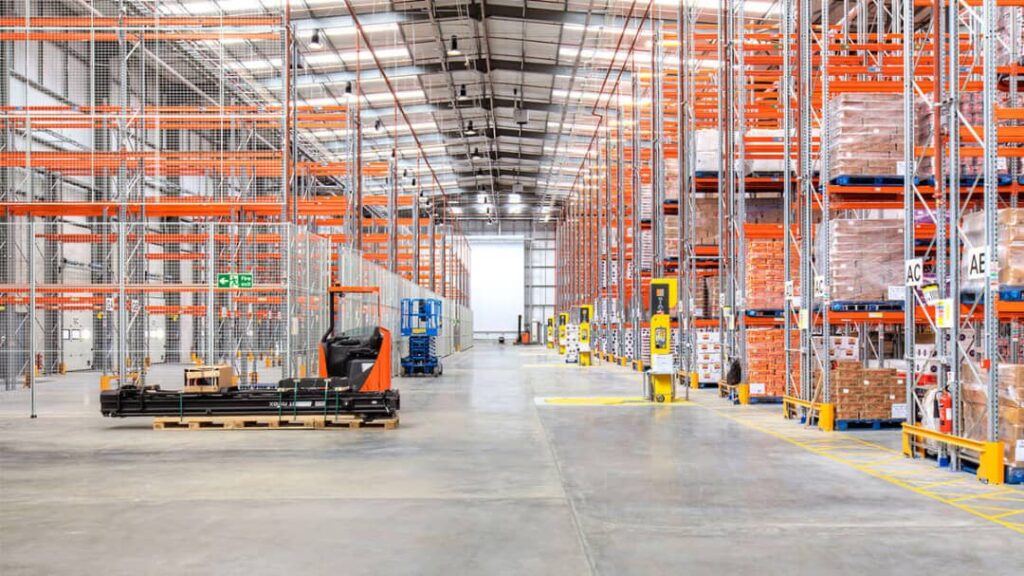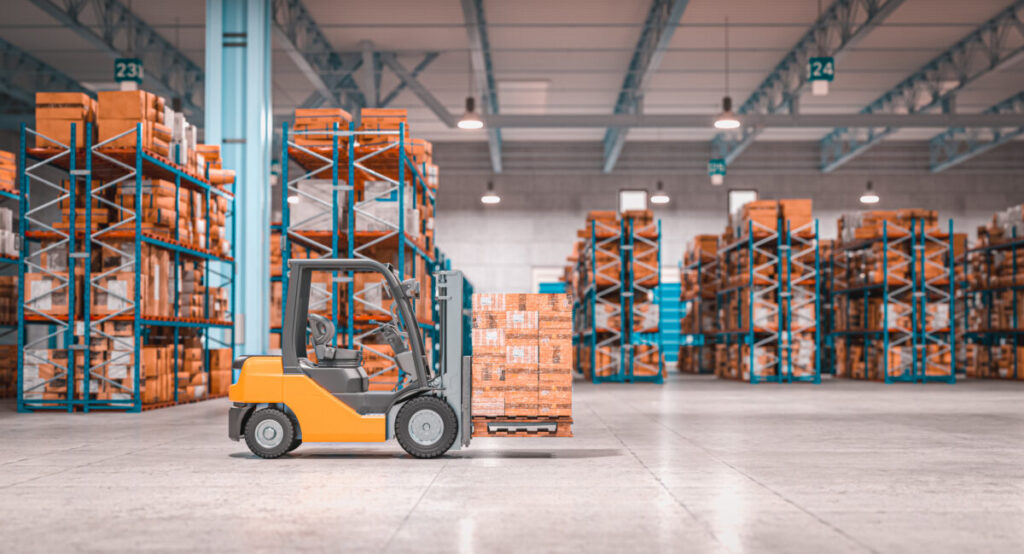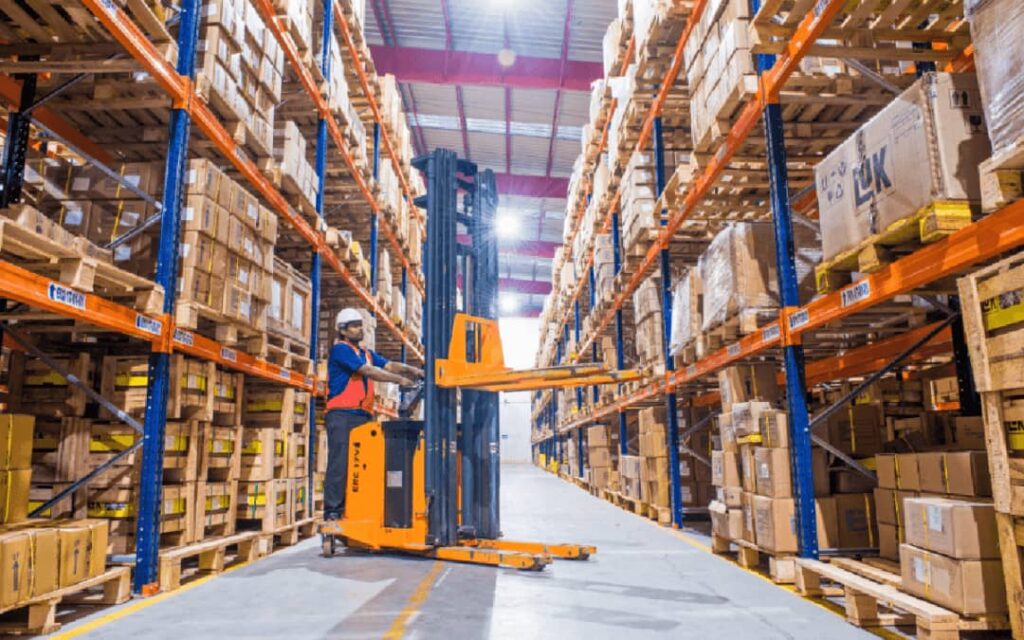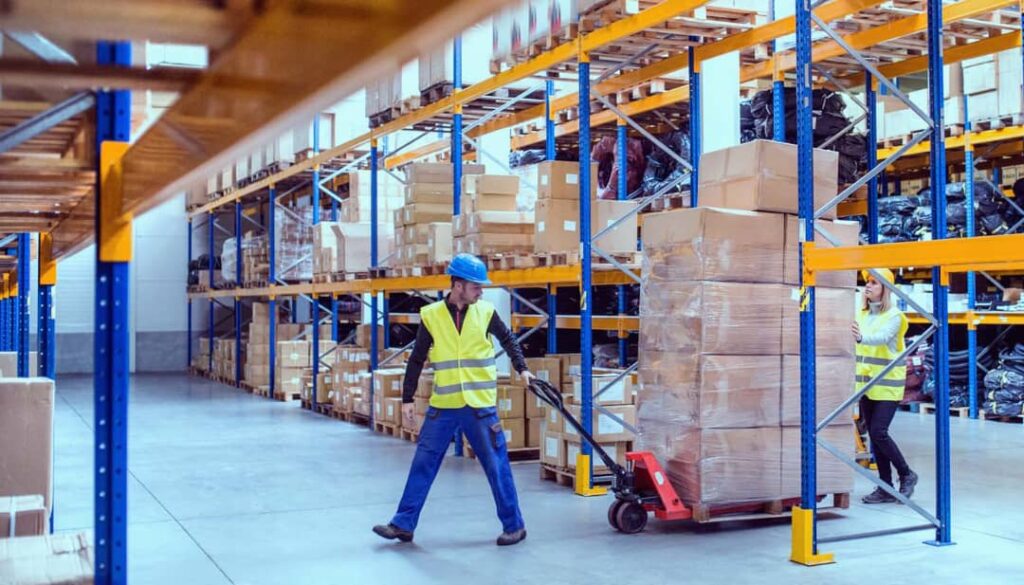Warehouse is a large building where raw materials or manufactured goods are stored prior to their time of distribution for sale or shipping to their different location. Warehouse logistics encompasses the intricate processes involved in the storage, handling, and distribution of goods within a warehouse facility. It manages warehouse products through a series of coordinated steps that ensure products are received, stored, tracked, and shipped efficiently.

PROCESSES INVOLVES IN MANAGING LOGISTICS WAREHOUSE PRODUUCTS.
A. Receiving and Inspection
- Inbound Processing: Products arrive at the warehouse and are checked against purchase orders.
- Quality Control: Items are inspected for damage and accuracy, and any discrepancies are recorded.
- Put-Away: Once verified, products are assigned to specific storage locations based on factors like size, demand, and product type.

B. Storage and Organization
- Inventory management: Warehouse management systems (WMS) track inventory levels, locations, and product information.
- Labeling and signage: Products are labeled and stored in designated areas with clear signage.
- Aisle and shelf organization: Products are stored in an organized manner to facilitate easy access and retrieval.

C. Inventory Management
- Cycle counting: Regular inventory audits to ensure accuracy and detect discrepancies.
- Inventory reporting: WMS generates reports on inventory levels, product movement, and storage capacity.
- Automated inventory tracking: Use of RFID, barcode scanning, or other technologies to track inventory.

D. Order Fulfillment and Shipping
- Order Picking: Strategies such as batch picking, zone picking, or wave picking are employed to optimize the process of gathering items for orders.
- Packaging: Picked items are packed securely for shipping, often using automated packaging systems to streamline the process.
- Dispatch: Orders are sorted and loaded onto trucks or other transportation modes, ensuring timely delivery to the next supply chain link or directly to customers
E. Safety and Security

- Access control: Warehouse access is restricted to authorized personnel.
- Surveillance: Warehouses are equipped with security cameras and alarms.
- Fire safety and emergency preparedness: Warehouses have fire suppression systems and emergency response plans.
F. Technology and Automation
- Automation Tools: Robotics, automated storage and retrieval systems (AS/RS), and conveyor systems are increasingly used to reduce manual handling and improve efficiency.
- Data Analytics: Real-time data from the WMS and other integrated systems help logistics managers optimize warehouse layouts, forecast demand, and reduce bottlenecks.
- Integration with Supply Chain: Modern warehouses are connected to broader supply chain systems, which facilitate smoother transitions between procurement, production, and distribution.

G. Continuous Improvement
1. Performance Metrics: Key performance indicators (KPIs) such as order accuracy, cycle time, and inventory turnover are monitored to identify areas for improvement.
2. Lean Practices: Warehouses adopt lean management and continuous improvement methodologies to reduce waste and improve efficiency over time.
CONCLUSION
By integrating these processes, logistics ensures that warehouse operations run smoothly, reduce errors, and respond flexibly to changes in demand while maintaining optimal levels of inventory.